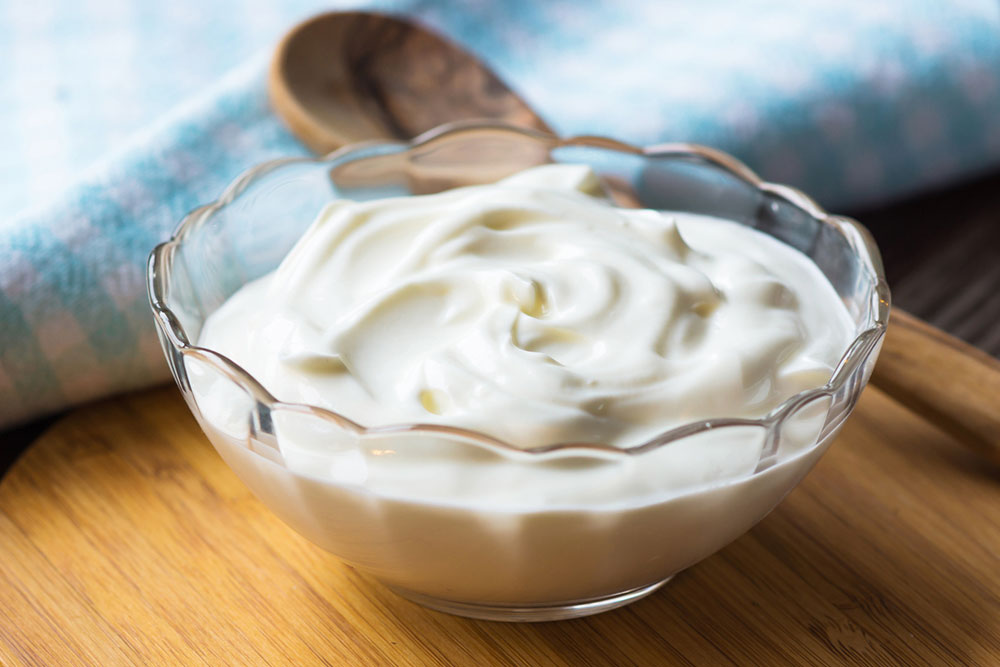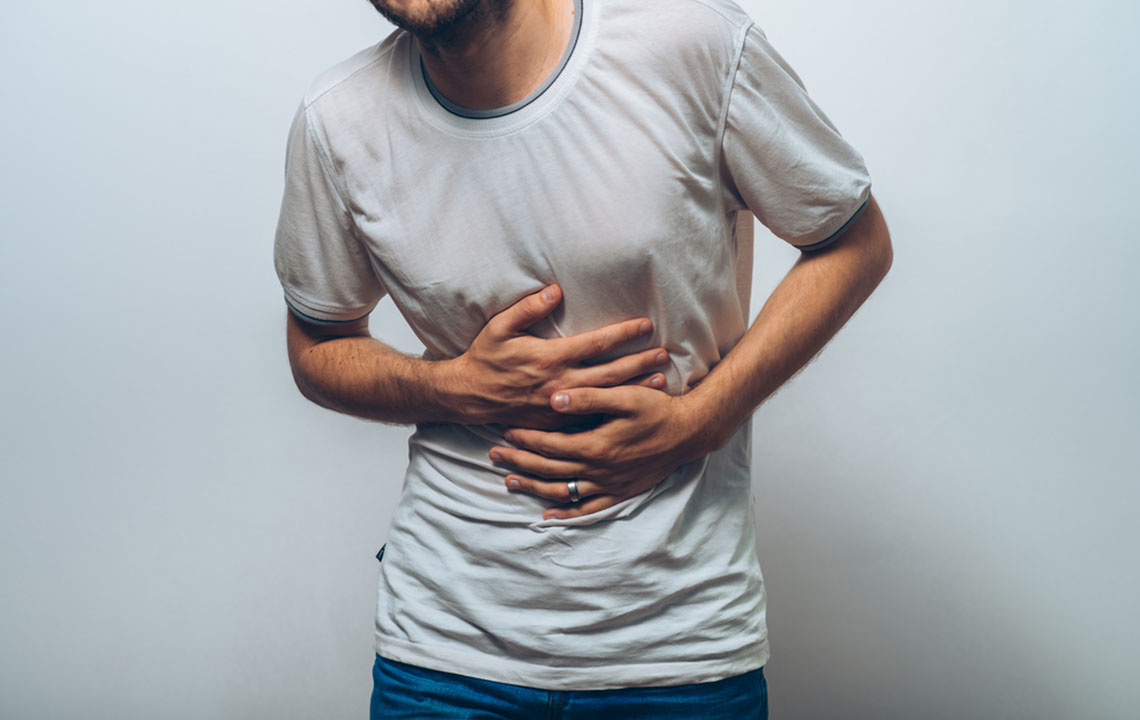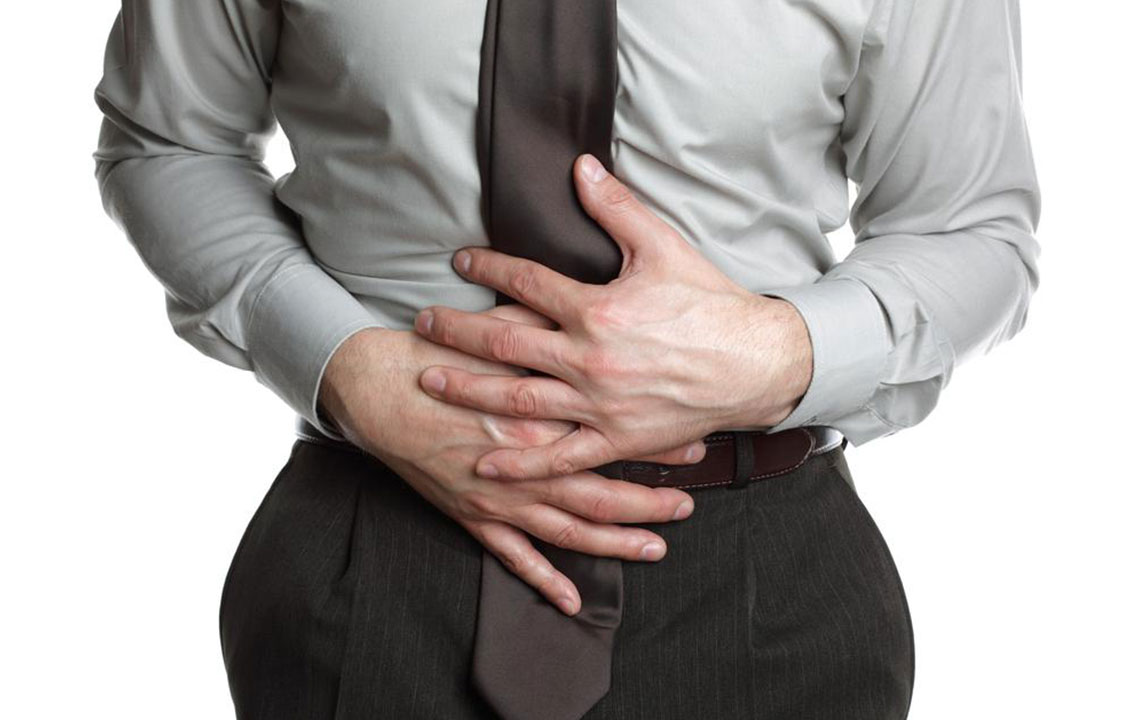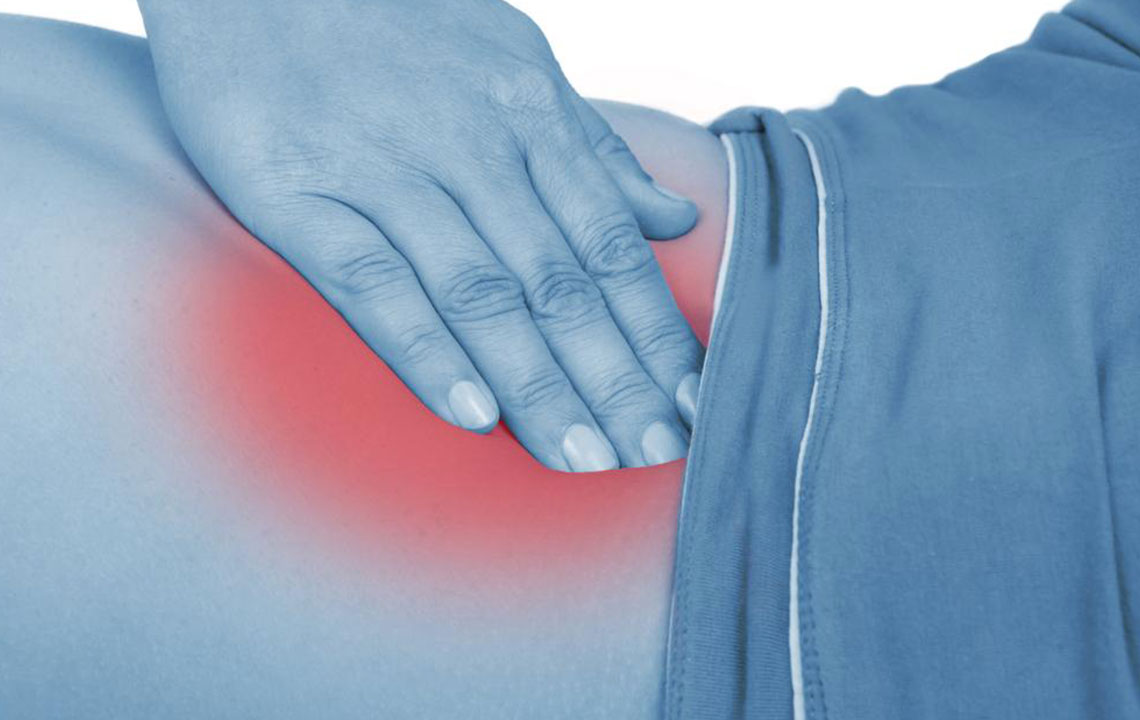Proven Techniques to Prevent Yeast Infections and Maintain Vaginal Health
This article provides detailed, effective strategies for preventing yeast infections and maintaining vaginal health. It covers diet, clothing, hygiene practices, and prudent medication use, offering practical advice grounded in scientific understanding. By adopting these habits, women can reduce recurrent infections, improve overall well-being, and support their reproductive health. The guide emphasizes natural remedies, lifestyle changes, and professional consultation to create a comprehensive approach to vaginal health management, making prevention accessible and straightforward for women of all ages.
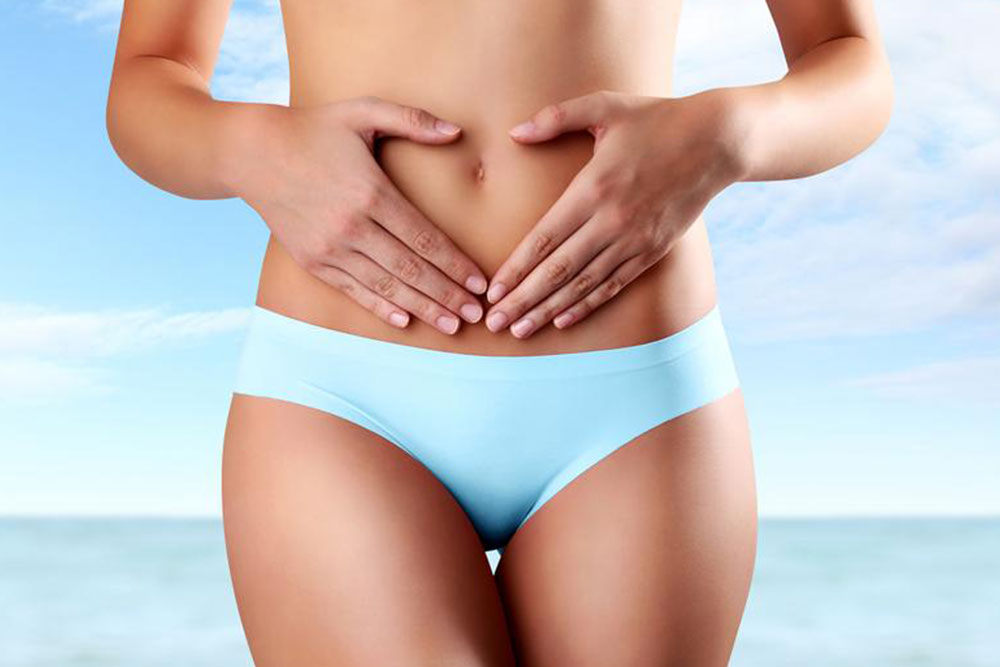
Proven Techniques to Prevent Yeast Infections and Maintain Vaginal Health
Yeast infections, medically known as candidal vaginitis, are common infections caused by an imbalance in the natural flora of the vagina, specifically due to an overgrowth of the fungus Candida albicans. This fungus is a natural part of the body's microbial ecosystem, residing in the vagina and other parts of the body, usually causing no issues. However, when the balance is disturbed, possibly due to lifestyle factors, medication, or health conditions, Candida can multiply rapidly, resulting in discomforting symptoms and infections. Despite being generally manageable and rarely serious, yeast infections can significantly impact quality of life. Therefore, understanding how to prevent these infections through effective lifestyle choices and personal care routines is crucial for women's health.
This comprehensive guide explores reliable and practical strategies to minimize the risk of yeast infections. While medical treatment is available, prevention plays an equally essential role in maintaining vaginal health. Both over-the-counter medications and natural remedies can be beneficial when used correctly, but adopting proactive habits can significantly reduce recurrence rates. From dietary considerations and clothing choices to hygiene practices and prudent use of antibiotics, various factors influence the likelihood of developing yeast infections. In this article, we delve deep into each of these factors, offering detailed advice and scientific insights to help women stay healthy and infection-free for the long term.
By maintaining awareness and consistently applying preventive measures, women can greatly diminish their chances of experiencing yeast infections. Focused efforts on diet, clothing, hygiene routines, and avoiding unnecessary antibiotic usage become vital components of a holistic approach to vaginal health. Incorporating these proven practices not only minimizes discomfort but also promotes overall well-being, creating an environment less conducive to yeast overgrowth. Below are detailed tips and scientific explanations to empower women in their daily routines and health management.
Diet and Nutrition
Nutrition plays a fundamental role in controlling yeast overgrowth. Consuming a balanced diet rich in whole foods, vegetables, lean proteins, and healthy fats supports immune function and overall health. Importantly, limiting intake of fast foods, refined sugars, processed snacks, and gluten is essential, as these foods can foster an environment suitable for Candida growth. Sugar, in particular, fuels yeast proliferation. Incorporating probiotic-rich foods such as yogurt, kefir, sauerkraut, and kimchi helps replenish beneficial bacteria, restoring balance in the vaginal flora. These probiotics compete with Candida, reducing the chances of overgrowth and infections.
Clothing Choices and Material Selection
Clothing significantly impacts the environment in which yeast can thrive. Tight-fitting, synthetic fabrics like polyester and nylon trap heat and moisture, creating an ideal breeding ground for yeast. Opt for loose, comfortable clothing made of breathable materials, especially cotton, which absorbs moisture and allows air circulation. Wearing loose dresses or pants and avoiding tight underwear helps prevent excessive heat and sweat, which can upset the natural vaginal environment. Regularly changing into clean, dry clothing is crucial, especially after workouts or heavy sweating, to prevent microbial imbalance.
Hygiene Practices and Avoiding Disruptive Habits
Maintaining proper hygiene is vital in preventing yeast infections. Use warm water and mild, fragrance-free cleansers to wash the external genital area daily. Avoid aggressive scrubbing that can irritate sensitive skin or strip natural oils. Douching is a particularly harmful practice; it disrupts the natural bacterial balance within the vagina, potentially leading to infections. Instead, rely on gentle cleansing routines and avoid overwhelming the area with scented products or harsh chemicals. Proper hygiene, combined with dry underwear and changing sanitary products frequently during menstruation, helps reduce moisture build-up, a key factor in yeast proliferation.
Prudent Use of Antibiotics and Medications
Antibiotics are effective for bacterial infections, but their misuse can lead to unintended consequences, including yeast infections. Antibiotics kill beneficial bacteria that normally keep Candida in check, allowing yeast to overgrow. It’s crucial only to take antibiotics when prescribed by a healthcare provider and to complete the entire course as directed. If you notice symptoms of a yeast infection during or after antibiotic treatment, consult your doctor promptly for evaluation and appropriate management. Avoid self-medicating or stopping medication prematurely to maintain your body's natural microbial balance.
Selecting Safe Feminine Hygiene Products
Many commercial feminine hygiene products contain chemicals, fragrances, and dyes that can irritate sensitive vaginal tissues. Choosing hypoallergenic, fragrance-free, and organic products can significantly reduce the risk of irritation and infection. Use pads or tampons made from natural materials and avoid products with chemical additives. Additionally, washing with mild, pH-balanced soaps designed specifically for intimate areas supports natural moisture levels and prevents dryness or excess wetness, both of which can predispose to yeast overgrowth. Proper selection and cautious use of feminine hygiene products are essential in maintaining vaginal health.
Personal Hygiene and Moisture Control
Effective personal hygiene habits are vital in preventing yeast infections. Regularly washing and changing underwear, especially after sweating or physical activity, reduces moisture and bacterial imbalances. During menstruation, changing sanitary pads or tampons frequently (at least every four to six hours) limits the environment spores of yeast to flourish. Keeping the genital area dry and clean is the cornerstone of infection prevention. When possible, air-drying the area instead of wiping with rough towels can also help minimize irritation and maintain natural moisture balance. Overall, diligent hygiene practices are simple yet powerful tools in combating yeast overgrowth.
Incorporating these comprehensive preventive strategies into your daily routine can greatly decrease the risk of developing yeast infections, help sustain vaginal health, and improve overall well-being. Always consult healthcare professionals for personalized advice, especially if recurrent infections occur or if you experience persistent symptoms. Staying informed and proactive is your best defense against these common but manageable infections.
